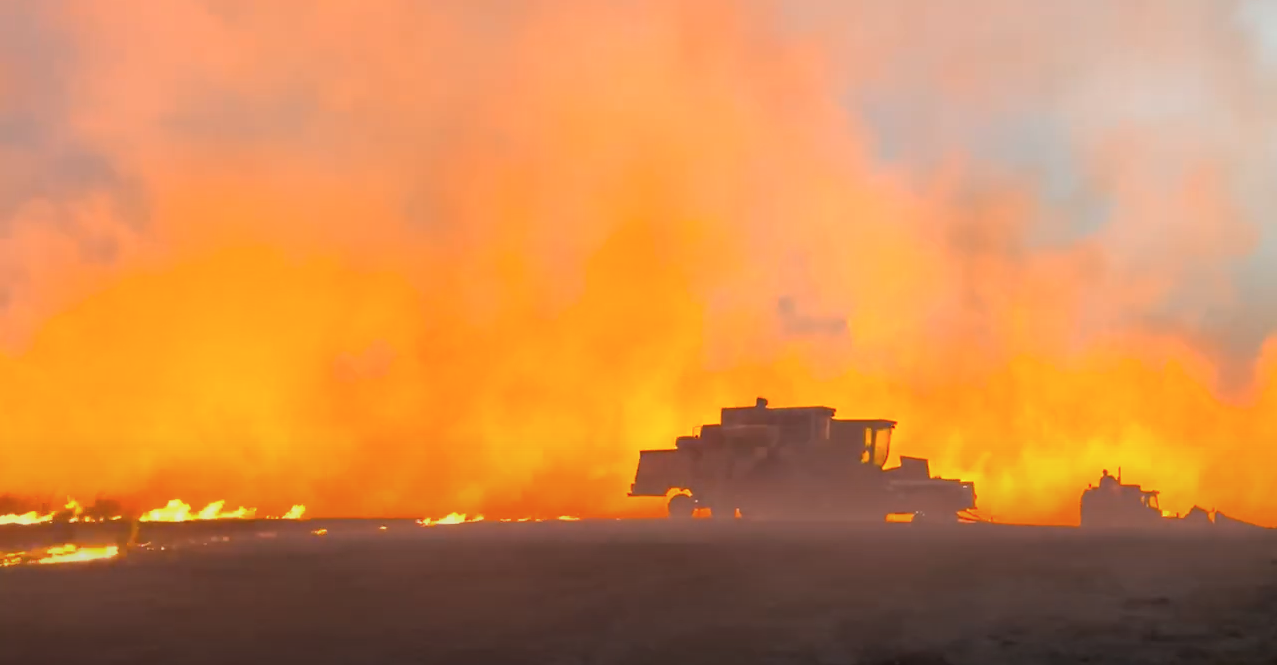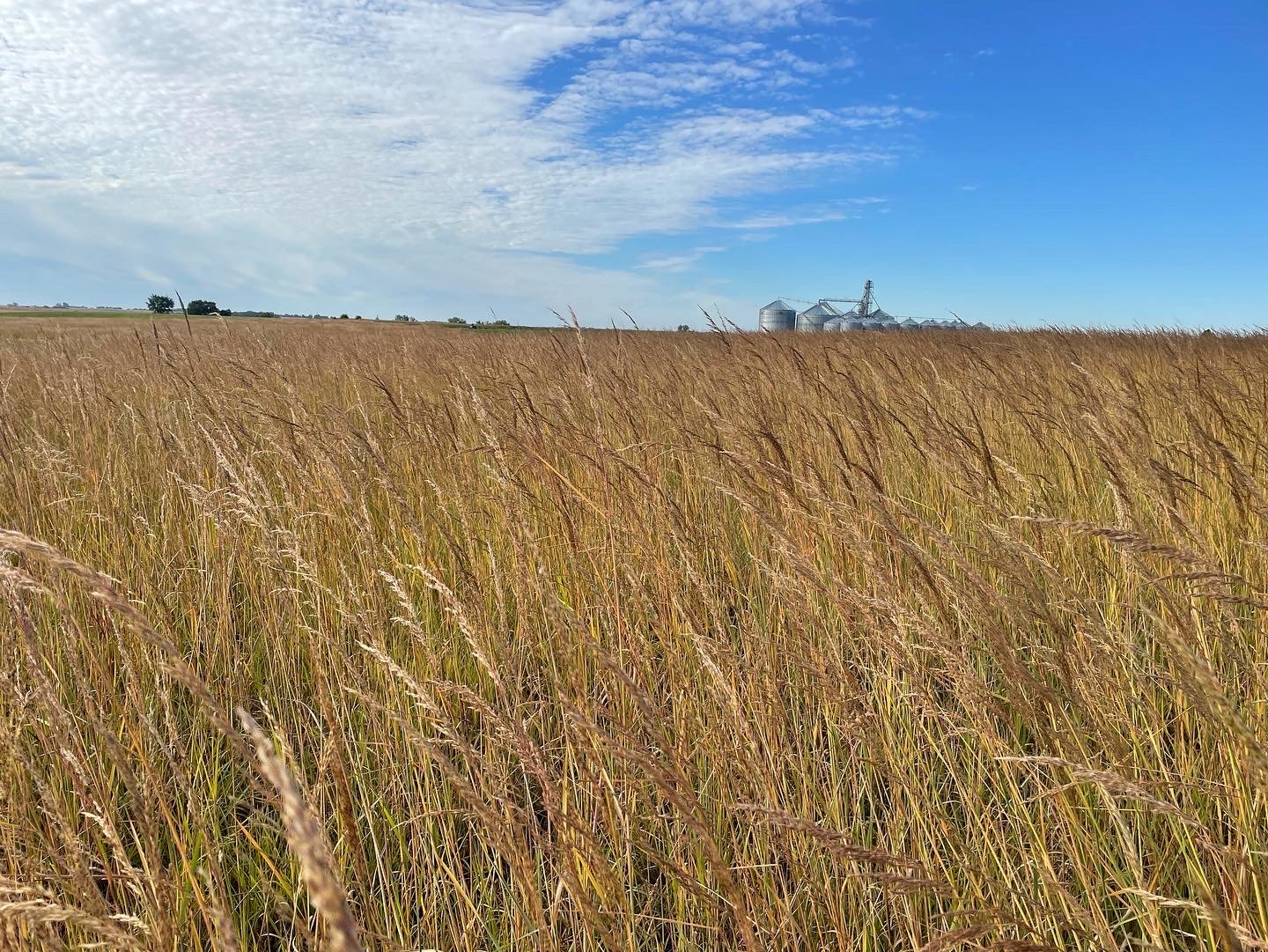Why Perennial Food Plots Are Better
Though often overlooked, a superior option is the use of perennial plants (plants that regrow from the same root system year after year). Perennials offer numerous benefits that can greatly enhance the quality and sustainability of food plots. What are these so called “benefits”? And how can they help you?
Wetlands, Seaweed and A.I Weeding
During The latest episode of Coffee Time Wednesday The Hoksey boys went over some old talking points and brought some new ones to the table.
Best Way to Plant Native Grasses and Flowers
You want native prairie or wild flowers in your garden or landscape, but you don’t know how to establish it. Well, you’re about to know, so keep reading.
Why are native flowers so much better?
Native flowers also play an essential role in maintaining the balance of local ecosystems.
The Best Midwest Natives Grasses and Forbs for Pasture
There are many more that work well, such as Prairie Coreopsis, Butterfly Weed, Wild Quinine, Ohio Spiderwort, Golden Alexander, Stiff Goldenrod…
How prairie Helps Conserve Water
Half of the United States relies on groundwater as their primary source of water. It’s a vital part of our society, and it’s getting lower.
Why Native Prairie Grass Matters in the Midwest?
Prairie is vital for soil health, clean water, and fauna habitat.
The “Ideal” Bobwhite Quail Habitat
When thinking about habitat there are three major things to consider…
Shed Hunting Habitat
several common traits of land that produce a lot of shed hunting value.
How to kill brome (and other cool season grass) in existing prairie
We get this question a lot.
“I have a brome patch that I want to put prairie in, but I don’t want it to be a dirt patch for a year. Can I plant prairie into the brome and kill the brome later?”
Why Lawns Are Becoming Obsolete
Lawns were invented as a defense mechanism around medieval castles in France to allow guards to look into the distance with no trees obstructing the view (according to planetnatural.com). This led to the subconscious correlation of short -cut lawns and wealth. By the 17th century, grass had become the most common form of short-cut lawns.




















